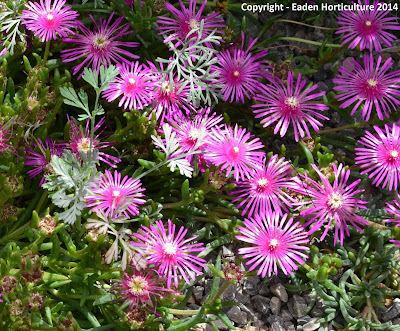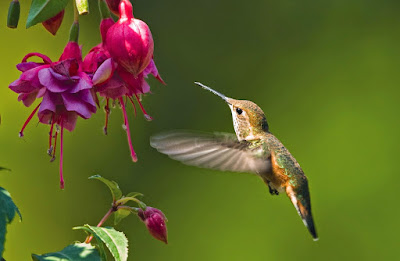 |
| How to grow tomatoes in pots |
I have a passion for freshly picked tomatoes from the vine. The flesh is considerably more succulent, and far more flavoursome. More importantly, the experience of eating homegrown produce is so much more satisfying than eating a shop-bought tomato straight from the fridge.
Luckily, tomato plants are very easy to grow from seed, and even if you are limited on garden space you can still bring a tomato plant to fruition in a pot or container. Just make sure that the container is of a decent size, that you can place your tomato plant in full sun, and that it is regularly watered and fertilized when necessary.
When growing tomatoes in pots, the chances are that you will only be growing a few plants in which case you would probably be better off purchasing pot-grown tomato seedlings from your local plant retailer. Equally so if you intend to grow a number of different cultivars. If more plants are required then consider growing your own tomato plants from seed.
How to grow tomatoes from seed
 |
| How to grow tomatoes in pots |
Tomatoes originated from the South American Andes and as such are not hardy in northern European climates. As such they tomato seeds will need to be sown under protection from March to April so that they are ready to grow outside as soon as the threat of late frosts have passed.
Using 9 cm pots containing a good quality seed compost, sow tomato seeds onto the surface at a rate of three seeds per pot. Press the seeds firmly into the compost but do not bury them as they require the presence of light to help initiate germination.
Water from the base to prevent the seeds from being disturbed and place in a heated propagator with an approximate temperature of between 15-20C. If you do not have a propagator then seal the pots inside a clear polythene bag and place on a warm bright windowsill - but one which does not receive direct sunlight. You can expect germination to occur between 7-14 days, at which point the pots can be removed from the propagator or bag. Maintain bright, frost-free conditions, and once the seedlings are large enough to handle remove the two weakest seedlings.
Growing tomatoes in pots
 |
| How to grow tomatoes in pots |
You will need pots or containers of at least 25 cm diameter, filled with a good quality soil-based compost such as John Innes 'No 3'. Keep the compost moist but not waterlogged and once the first flower trusses begin to show they can be hardened off over a week or so before placing outside in their final position. For northern Europe this will be around the end of May, but check the weather forecasts beforehand to make sure that there is no longer any threat from late frosts. Where possible, place in a sunny, sheltered position.
Tie the main stem of the plant to a vertical bamboo cane for support or wind it round a tall section of stiff, plastic netting. Water regularly to keep the compost evenly moist, and feed with a specific high potash tomato fertiliser every 10-14 days one once the first fruits start to set.
Remove the side-shoots regularly when they reach about 2.5cm long, and remove any yellowing leaves which occur below developing fruit trusses.
Main image credit - Mason Masteka https://creativecommons.org/licenses/by-sa/2.0/deed.en
In text image - Dennis Brown https://creativecommons.org/licenses/by-sa/3.0/deed.en
In text image - Tigris Lagoona https://creativecommons.org/licenses/by-sa/3.0/deed.en
For related articles click onto the following links:
BLIGHT RESISTANT TOMATO SEEDS - Tomato 'Ferline'
HOW TO GROW TOMATOES IN POTS































